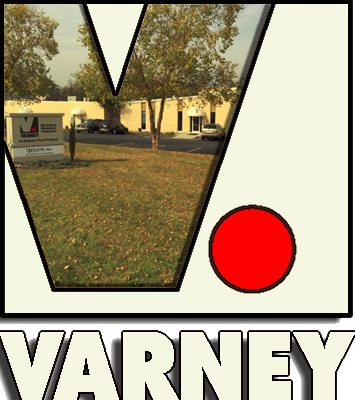Have you ever tried to do office work in a poorly lit space? While your computer screen provides its own light, the rest of the space can be hard to use if the overhead lighting is not sufficient. This article will take a closer look at why this topic is so important and what you can do to solve any problems that exist in your space.
For lighting and other projects that require a commercial electrician in Richmond, VA, turn to Varney. As a leader in this industry with a strong reputation throughout the Mid-Atlantic, your project will be in good hands with the Varney team.
Practical Limitations
Perhaps the most obvious issue associated with correct lighting is simply not being able to see what you are doing. If part of the office is poorly lit, workers in that area may struggle to see the things they are trying to use or create. In the worst-case scenario, that work won’t get done, or it will be done poorly. More likely, the workers will have to find ways around the lighting limitations, such as moving the work, using additional light sources, etc. All those workarounds take time and effort and will take away from the overall productivity of the space.
Ensuring the entire office is properly lit should be seen as just one of many steps you take toward optimizing productivity. For the same reasons that you don’t want employees doing their work on old, slow computers, you also don’t want them working in dimly lit spaces. Provide them with the light they need to do a great job and you can likely expect some improvements.
Worker Wellbeing
Beyond productivity, there is the matter of the wellbeing of your staff to consider. Without the right light, workers may struggle with issues like headaches and strained eyes, leaving them feeling uncomfortable at their desks. Poorly lit spaces can also contribute to drowsiness, which is not an enjoyable feeling in the middle of a workday. Of course, these issues are not only problems for your team to deal with, but they will tie back into the discussion on productivity. So, we see again how lighting will help your teams get more things done, and you will be doing them a favor by avoiding some of the unwanted side health side effects that come with bad lights.
Asking Questions
One of the easiest ways to learn about the lighting in your office spaces is to ask the individuals who work in those spaces each day. Are there certain parts of the office that aren’t bright enough for the tasks at hand? Or perhaps there are areas that are actually too bright? No one will know better than those who use the space regularly, so one way to find out what would help them is go directly to them to get feedback and to decide on how to improve your office lighting and then contact Varney to see what needs to be done.



Leave a Reply
Want to join the discussion?Feel free to contribute!